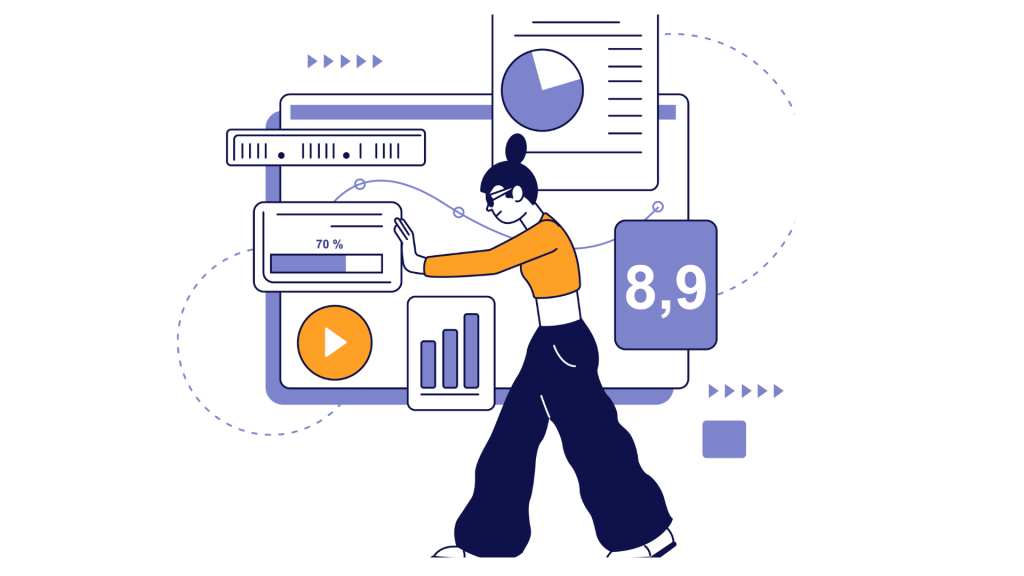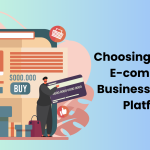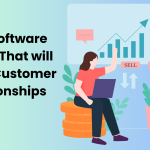In a digitally-enabled world, Software as a Service (SaaS) is one of the most in demand models. The SaaS model has transformed the way businesses interact with customers, address user needs and increase productivity. In early iterations, SaaS applications used more text and less graphics. On the other hand, aesthetic interfaces and responsive user experiences have taken a center place in modern SaaS products.
A robust SaaS application hinges on user-centric design and smooth UX. Designing a successful SaaS product, however, can be draining if factors such as usability, scalability and reliability are not met.
In this article, we’ll uncover some of the best practices for a successful SaaS design – ensuring seamless user research, and guaranteeing cross-device consistency. So, let’s get started!
Before moving into the nitty-gritty of SaaS design, we’ll first briefly look for important UX problems we encounter in SaaS development.
Common UX Problems in SaaS Development
1. Without assistance, the customer cannot proceed from sign-up to first use

You did a great job marketing your tool. Customers are eager to sign up because it looks so good. However, your customer will never stay around if they are unable to access the product or use it at all without assistance from your support staff.
Monitor your onboarding procedure if your download or sign-up rates are impressive but your customer retention rates are appalling. Are your users aware of where to begin? Are they introduced gradually or thrust into the deep end?
2. The customer keeps on turning around to the customer service team
SaaS solutions are designed to address particular issues. This typically means that they offer distinctive and particular solutions to those issues that users might not have encountered previously. Because of this, many people find it impossible to utilize the product itself on their own and frequently contact customer support staff for assistance.
Users are unable to comprehend or use your SaaS service if your customer support lines are constantly ringing and your quantity of support tickets is rapidly increasing. It’s doubtful that they will later be referred to by others.
3. The SaaS app is not scalable
A flexible and scalable SaaS product is the best you can give to your customers. An app that evolves and shifts with the user demands and needs, will appeal to a larger number of users.
SaaS companies often regard every recommendation and request from early users. While we are always in favor of consumer feedback, it might be problematic to force your product to go through a process that is exclusive to one or two businesses.
Best Practices for a Successful SaaS Design
1. Ensure Seamless Performance & Compatibility Across Multiple Devices
The days of installing large software packages are long gone. Users of today expect to be able to access their SaaS apps on any device, from any location. Cross-device consistency enters the picture here. SaaS software enables users to access products directly from the cloud, get updates and features without a hassle. Technological users understand the importance of consistent experiences across all devices – which is possible with Saas applications.
Following are ways to endorse cross-device compatibility during SaaS design process:
- Responsive Design:
A responsive design automatically scales your user interface to accommodate any screen size, from smartphones to desktop computers. Post pandemic, remote jobs and distributed work models have proliferated to a great extent, which has given rise to the need of accessing SaaS applications from multiple locations and devices. Hence, responsive designs are inevitable. To ensure a seamless experience on every device that users select.
- Visual Language:
Visual consistency is also an essential element to prioritize seamless performance across all devices. Use typography, color schemes, icons, and branding components to create a unified and cohesive visual language. Make your brand identity with the help of visual elements such as cards, forms, buttons, etc that offer a distinctive identity with all kinds of devices.
- Device-Specific Navigation:
Recognise the particular limitations of every device. Mobile users should prioritize foldable menus; desktop users should make use of expansive menus. Make input devices, such as keyboards and touchscreens, as natural as possible for the user.

2. Prioritize & Personalize User Experience
When designing software as a service products, users come at the heart of the design process. An unintuitive, unattended user will likely flee from the software in no time.
Being in the SaaS business, if you’re not aware of the goals, pain points, and habits of their customers, you are more likely to develop SaaS products that are difficult for consumers to understand and use. This will result in lowering user satisfaction and engagement. Successful SaaS businesses, on the other hand, use customer-led design methods which help their products get widely-accepted by users.
Here’re some of the notable elements to consider while enhancing UX design:
- Use Customization Tools:
A custom-made design aids in retaining as many users as possible. You can gather user feedback and analyze best practices to ensure personalization. However, putting customers responsible for personalized decisions is not always workable. You may tend to overengineer the SaaS product. So, a smart SaaS product will adjust on its own as per users’ needs.
- Different Modes for New & Experienced Users:
The software must be adaptable enough to meet the needs of users with varying degrees of experience. For the new user, easy and intuitive onboarding is essential—without requiring assistance from customer service. However, what is the workflow for someone who has been using your programme for months or years—hours every day?
SaaS UX best practice dictates that solutions should offer two paths: one that maximizes productivity and offers a bit more advice and help, and another that caters to both high-frequency, expert users and noobs.
By including some of those customisations, you may start to predict customer requirements and create a long-lasting SaaS tool.
3. Provide User Scalability
Ensure that your product can develop with the user. Over time, customer needs evolve, and your solution should be flexible enough to meet people where they are. If your SaaS product is desktop-oriented, think about whether a mobile version could be necessary to enable users to receive alerts when they’re on the go. Find ways to encourage consumers’ unexpected interactions with your product if you subsequently discover that they are doing so in order to get them to return. Product development can guarantee that customers receive what they desire and that corporate objectives are fulfilled by including a UX design framework.
- Fresh, Discoverable Features that the User can Access When Needed
Discovering new features and enhancing the current product allows users to integrate your product into their workflows in addition to expanding the product itself.
- Design Scalable Architecture from the Outset
Having maximum resources at hand can be costly and draining for the software. You can implement microservice architecture so that SaaS app components can be scaled independently as per users’ demands.
Final Notes
While designing a SaaS software, a meticulous balance is needed to meet the complex and nuanced demands of an enterprise firm and its users. SaaS design teams can produce competitive, long-lasting, and user-friendly products if they adhere to these best practices, which include ensuring performance and device compatibility, personalization and user scalability.
If your SaaS service is having trouble drawing in and engaging users, hit us up and we’ll find out together how we can design a successful SaaS product for you. Stackup Solutions holds vetted expertise and demonstrated experience in designing SaaS solutions for your needs. Contact us TODAY!



